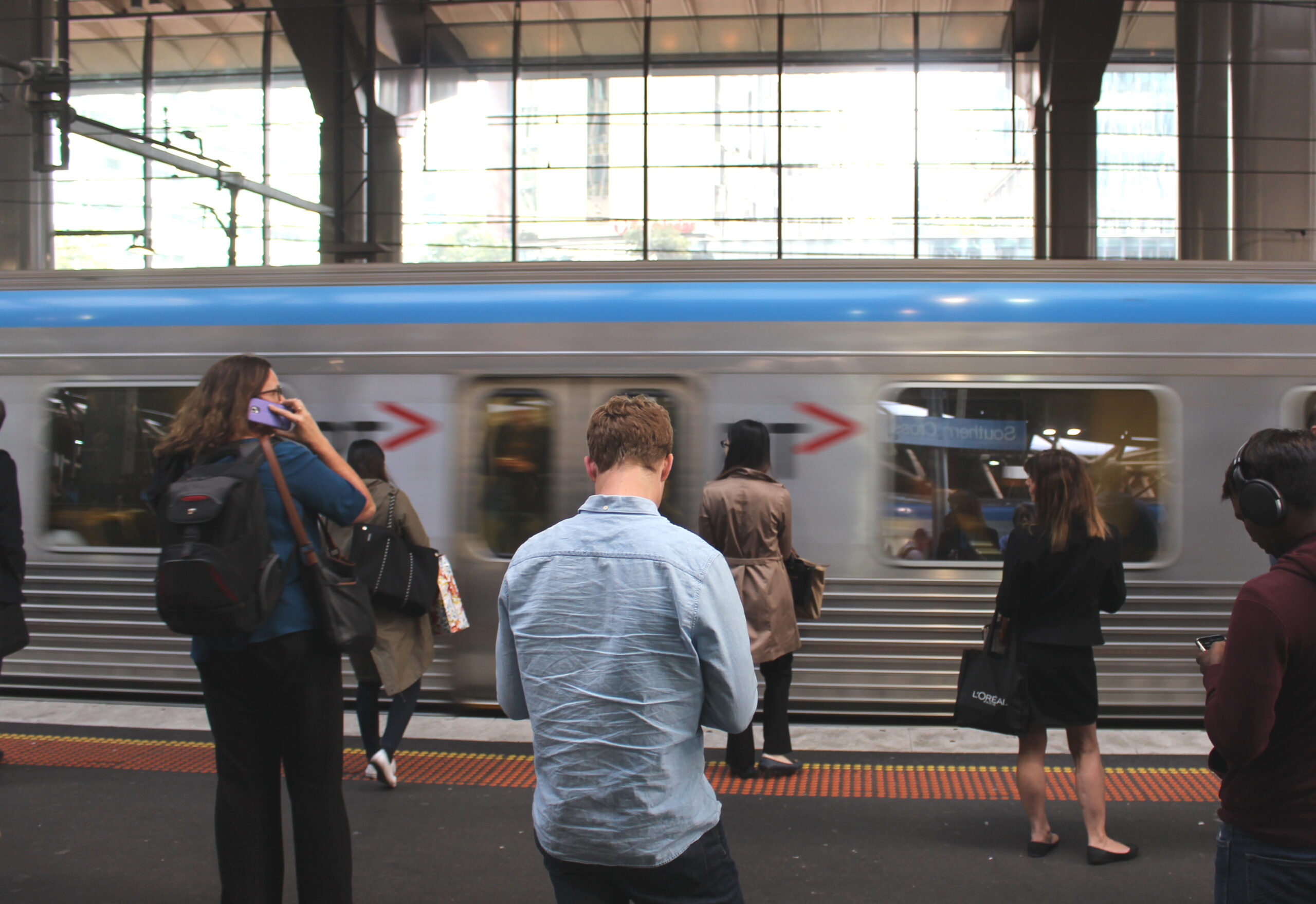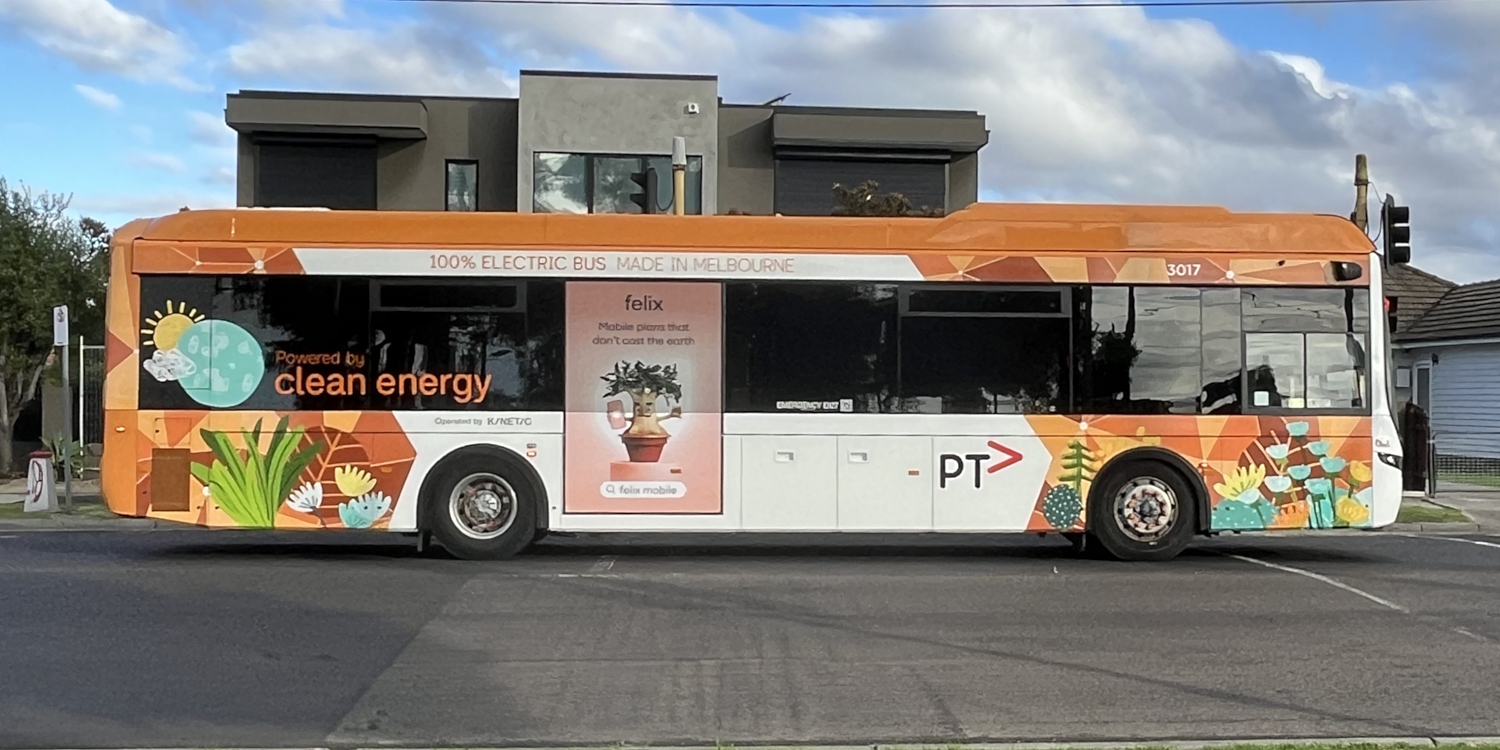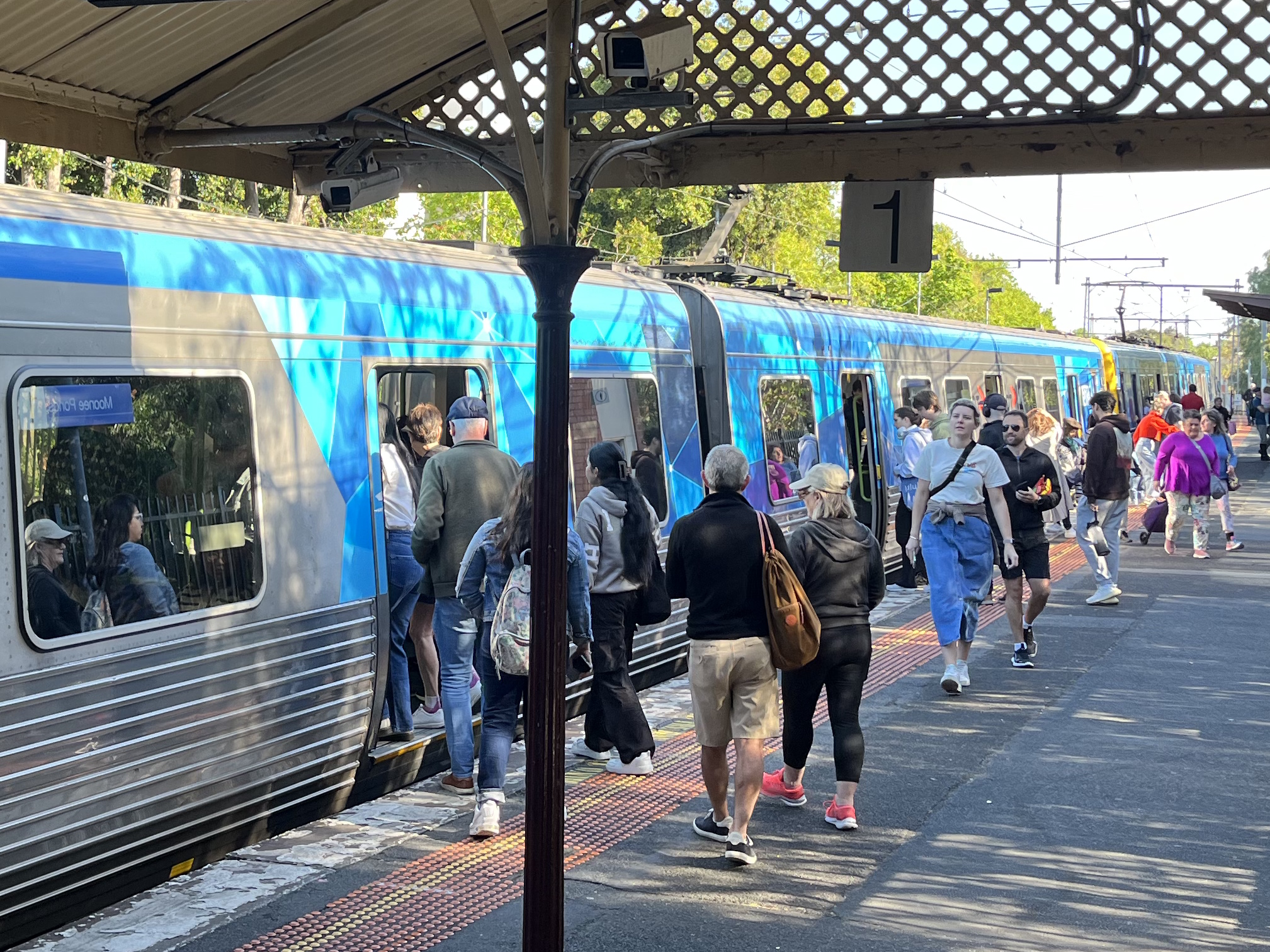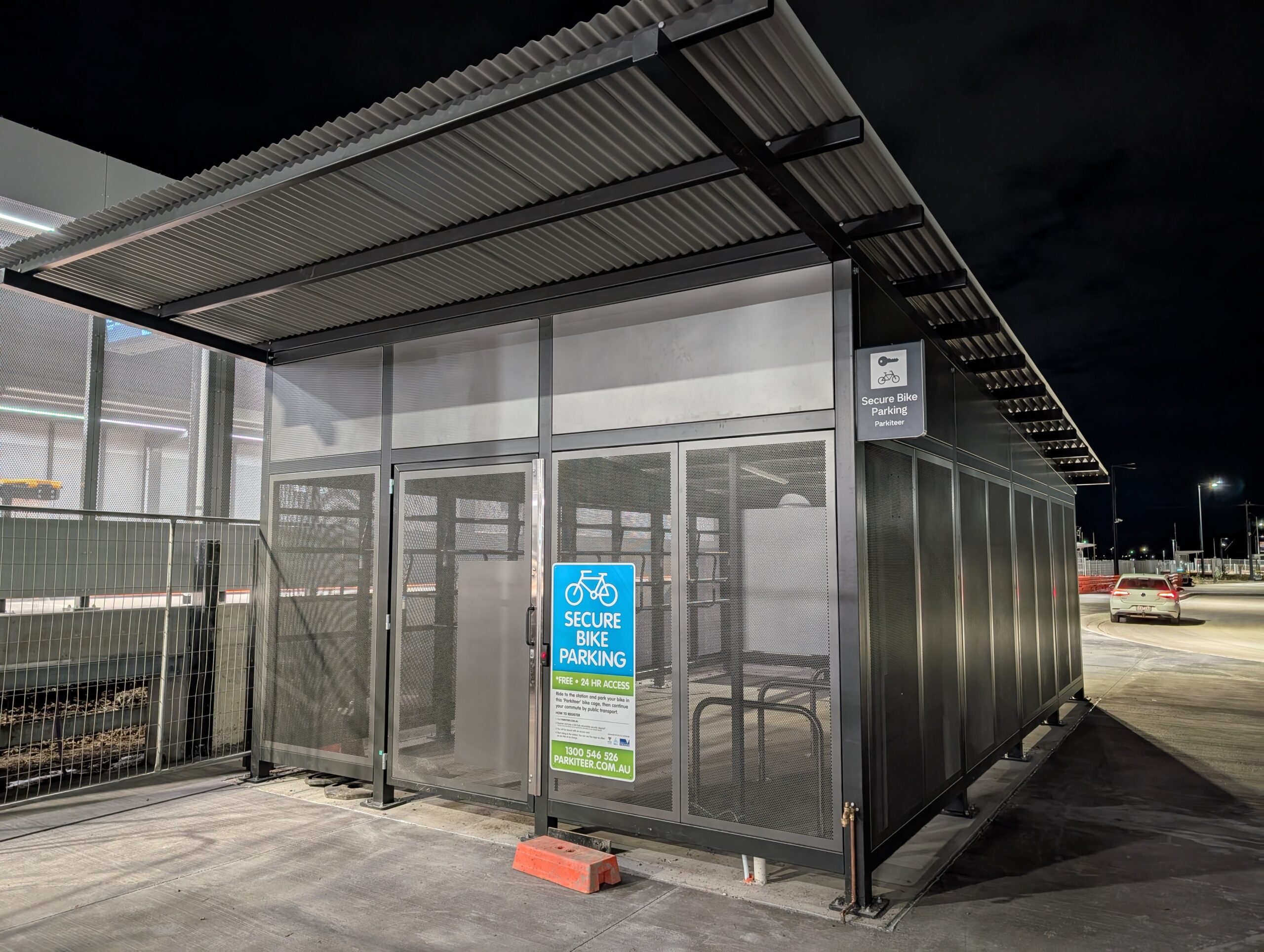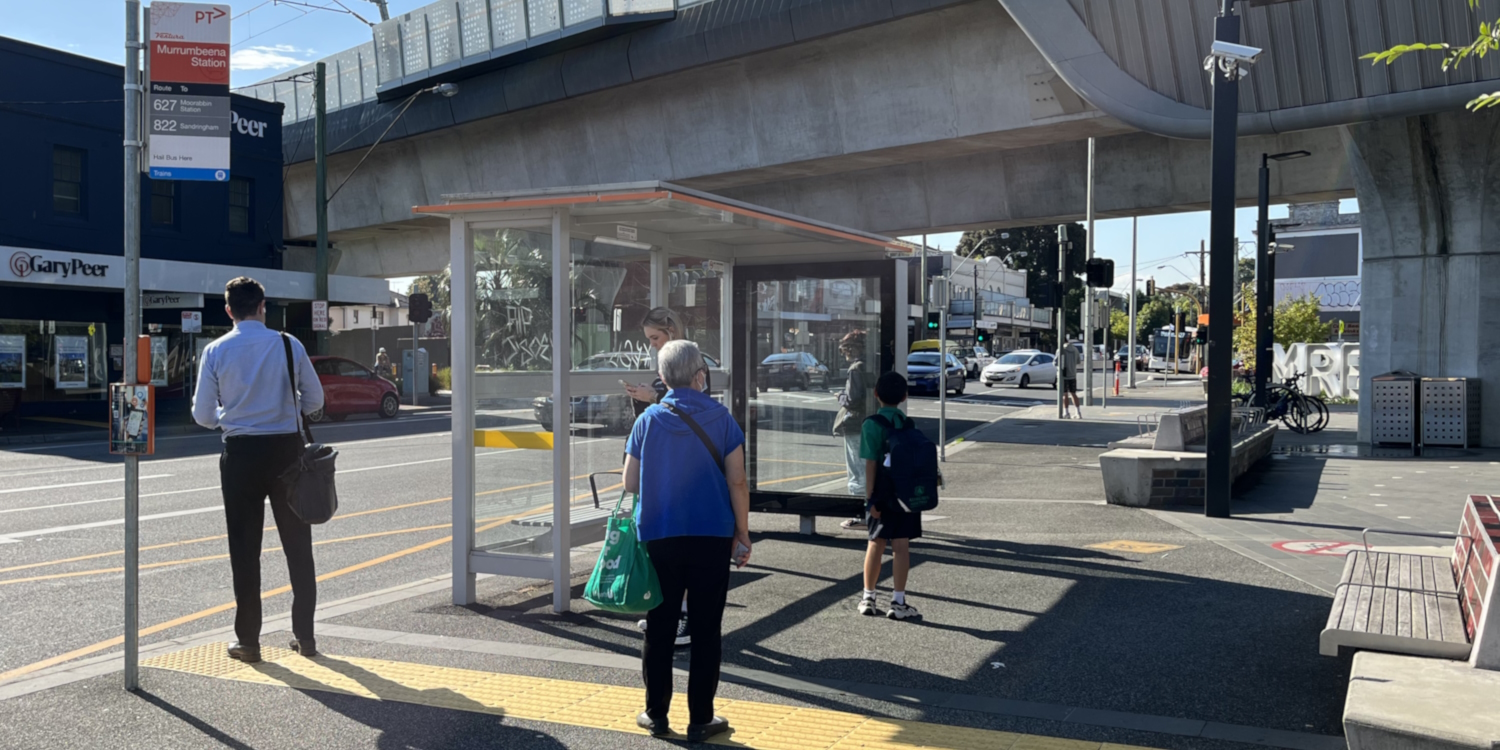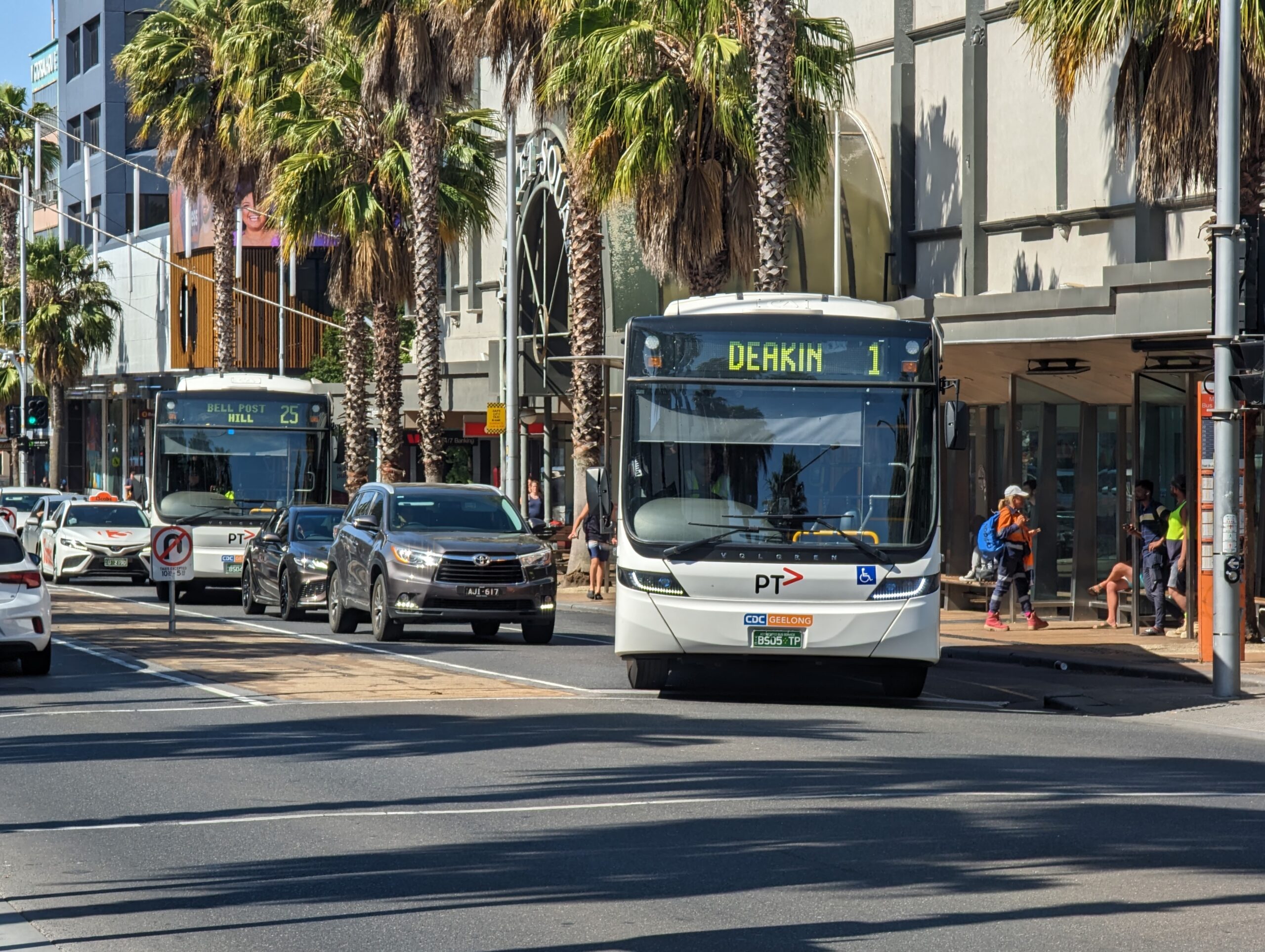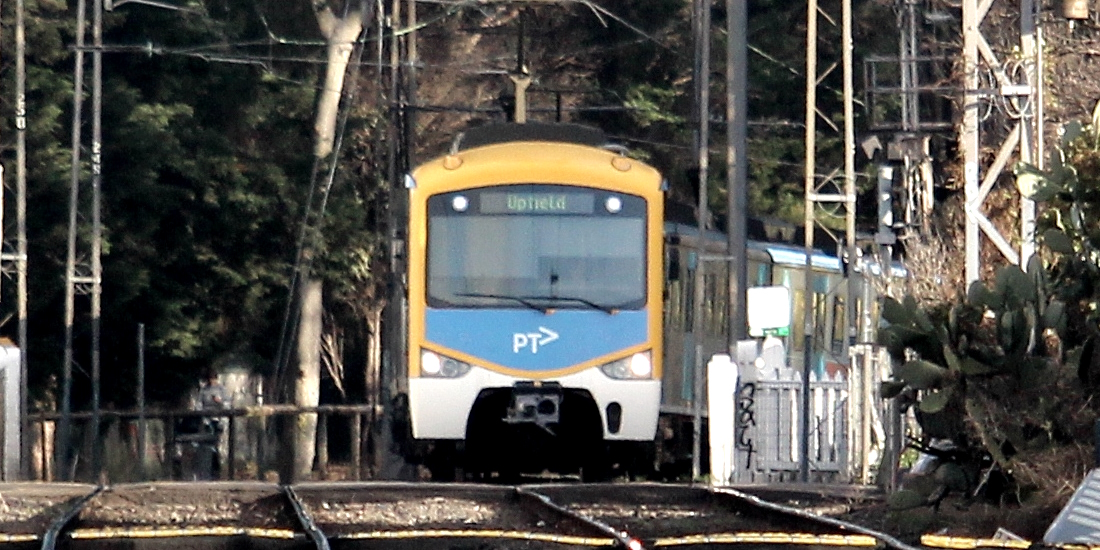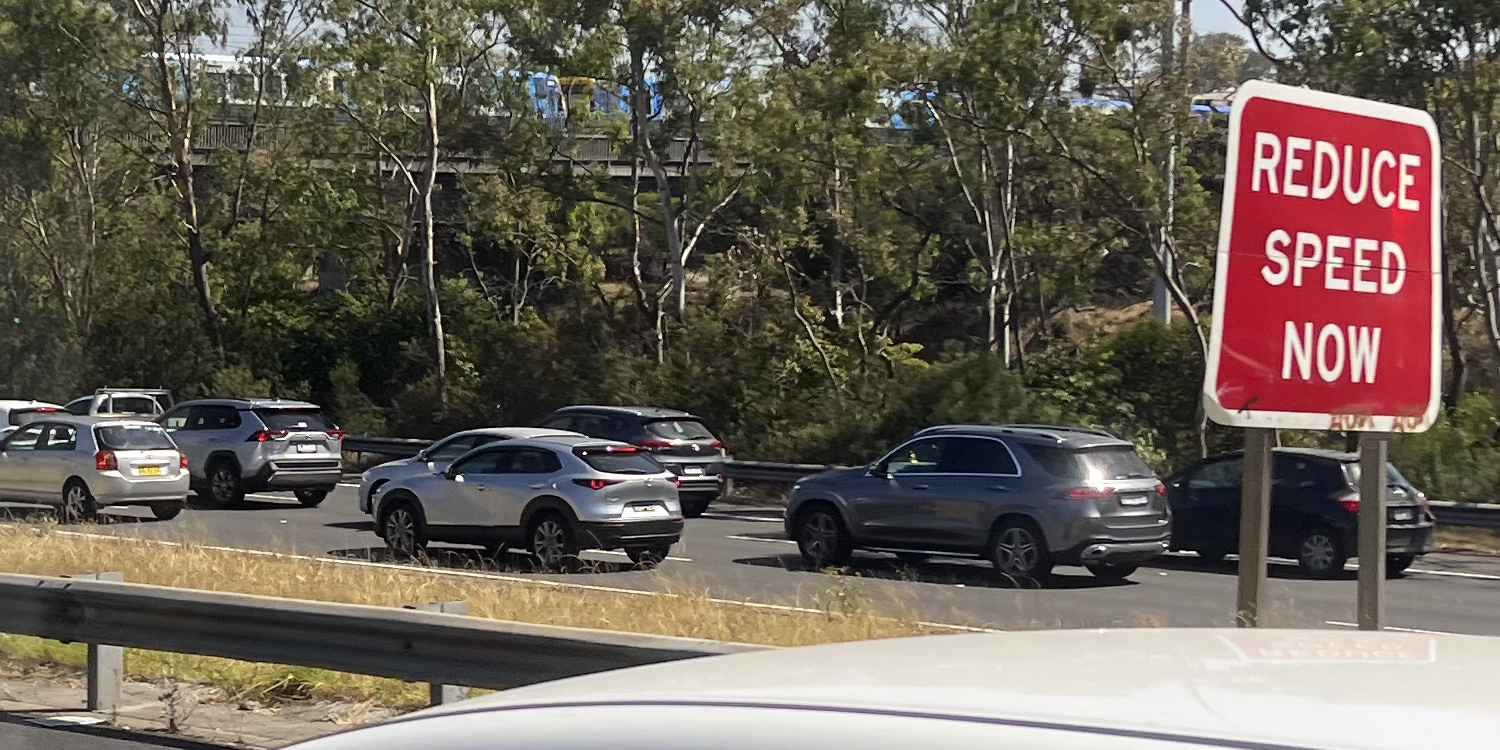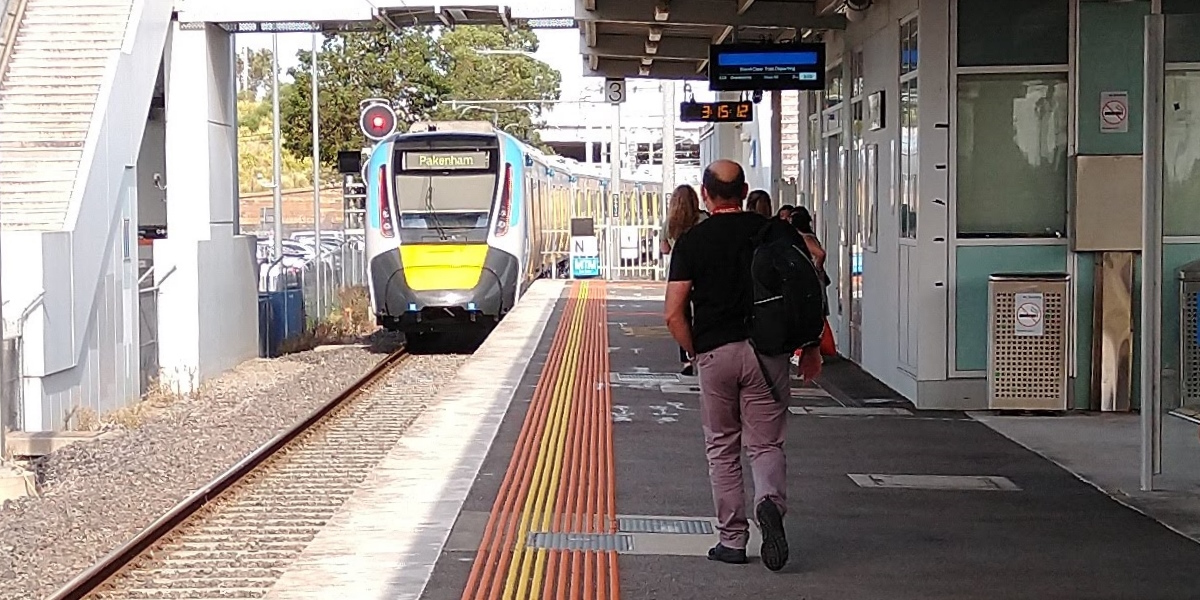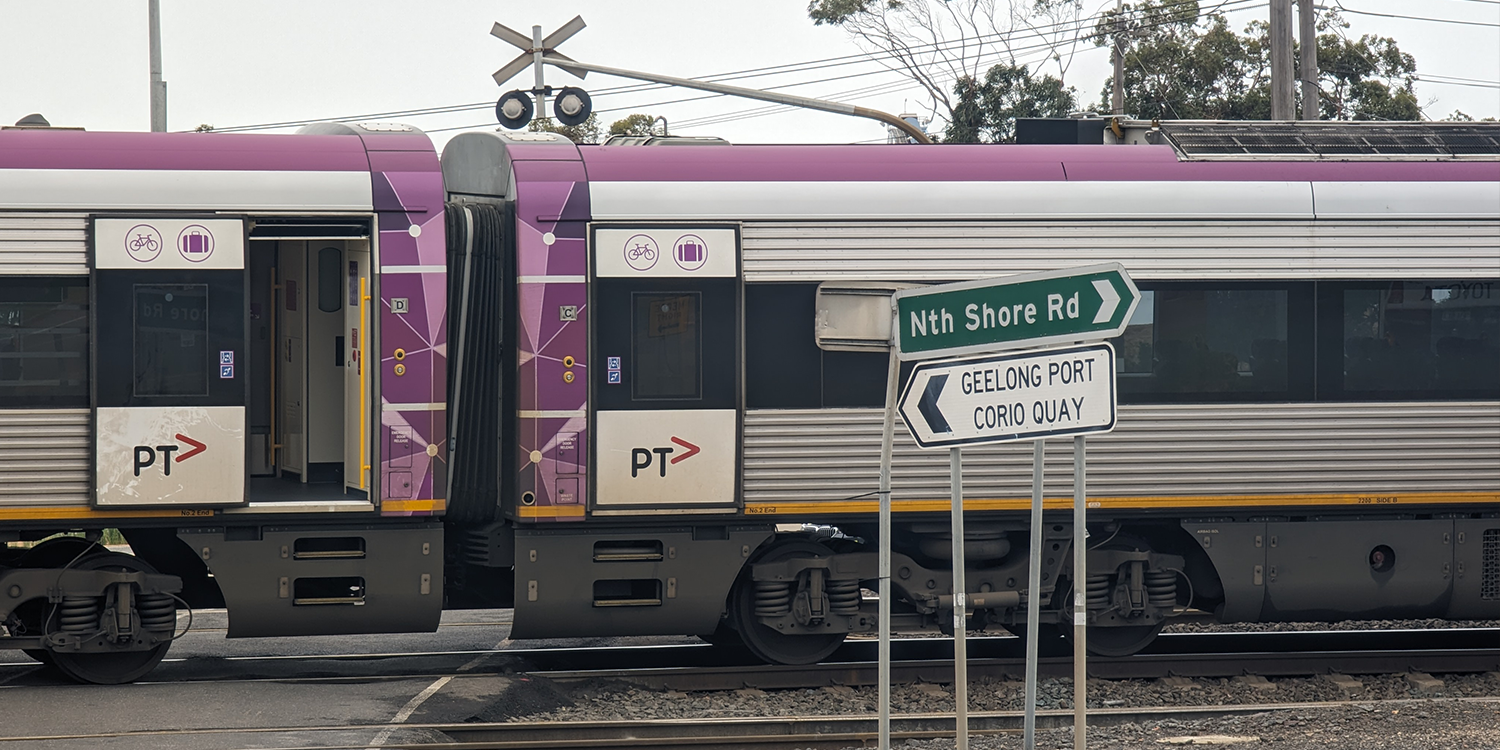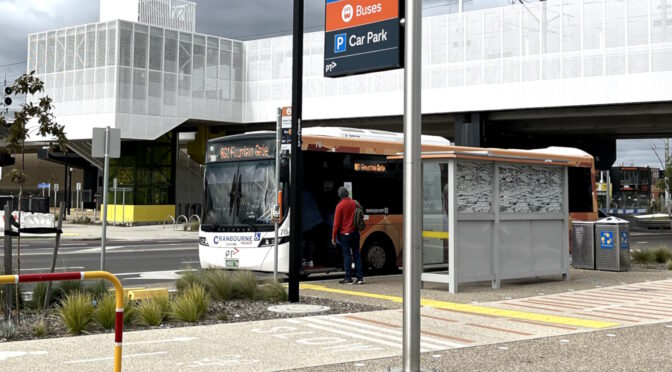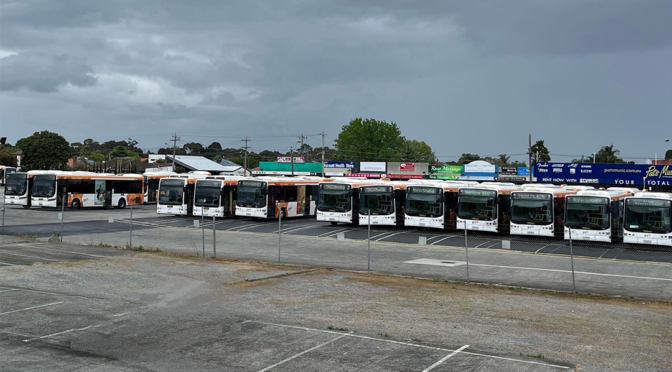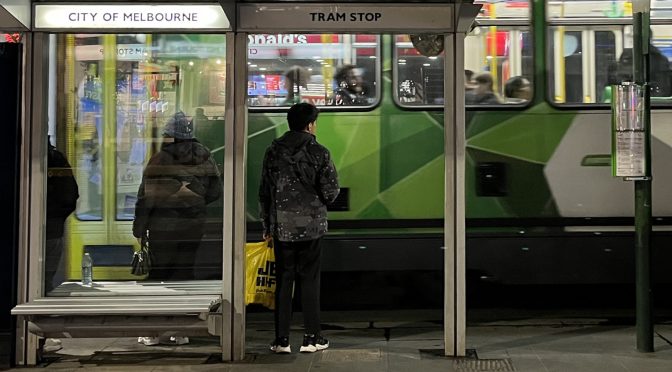Category: Media releases
-
Pivot to services makes a start – PTUA welcomes bus upgrades, rail service boost
The Allan Government’s public transport agenda is responding to community needs and pivoting from big infrastructure to service upgrades and targeted improvements. But it must resolve to do more, the Public Transport Users Association said today. “There’s lots of overdue good news for families in the northern and western suburbs in particular,” said PTUA President…
-
Train service upgrades applauded
The Public Transport Users Association (PTUA) has praised a State Government commitment to increased train services across the network. Waiting times for trains are set to be slashed on the Sandringham, Craigieburn, Upfield and Gippsland lines, with more peak services on the Werribee and Seymour lines, and more capacity on the Bendigo line – on…
-
Calls for Immediate Action on Station Parkiteer Cages
The Public Transport Users Association (PTUA) and Bike Geelong are calling on the state government to address ongoing issues with Parkiteer bike cages at upgraded train stations in Victoria. Parkiteer bike cages provide secure bike storage and are an essential service for cyclists commuting via public transport. However, the cage at Marshall station remains closed,…
-
PTUA reviews buses to activity centres – timetables found lacking
With the State Government seeking to develop more housing in established suburbs, high quality public transport will be key to ensuring that new residents get around without having to drive. While some destinations are served by the rail network, many trips must be taken by bus, to nearby suburbs or other areas not served by…
-
Geelong Candidates Survey Highlights Public Transport Priorities
The Public Transport Users Association (PTUA) Geelong Branch has released survey results from candidates standing for election in the City of Greater Geelong Council, aiming to gauge their perspectives on transport issues and provide insights for voters. With rapid growth in Lara and Armstrong Creek, along with a new employment precinct at Avalon Airport, Geelong…
-
If govt is serious about optimising the Upfield line, they must duplicate
The Public Transport Users Association (PTUA) has called for the State Government to duplicate the Upfield line during the forthcoming Brunswick level crossing removal project. PTUA spokesperson Daniel Bowen said that while crossing removal and new modern DDA-compliant stations would be welcome, duplication would bring the biggest benefits for train users. “Given the close proximity…
-
North East Link is Victoria’s real budget bin fire
The Federal Government pledging an additional $3.5 billion to the $26 billion North East Link tollway should focus the public’s attention on the massively costly but poorly-appreciated ‘dumpster fire’ spoiling the Allan Government’s Big Build, the Public Transport Users Association has said. “The North East Link is the most expensive road in Victoria’s history and…
-
Public transport: Vic budget in a holding pattern ahead of Metro tunnel opening
The Victorian State Budget presented no earth-shattering surprises, but did include some welcome if modest investment in public transport services, the Public Transport Users Association said today. “There are some worthwhile upgrades for buses and V/Line which perhaps are not revolutionary, but will offer more travel options for people in regional Victoria and outer Melbourne”,…
-
PTUA calls for Action Following Tragic Fatality at North Shore Level Crossing
Last month, a tragic collision occurred between a train and a truck at the North Shore Road level crossing in Geelong, resulting in the loss of a life. The Public Transport Users Association (PTUA) extends its condolences to the family and friends of the victim. The PTUA urgently calls for the removal of this dangerous…
-
Bus proposals welcomed
The Public Transport Users Association (PTUA) has welcomed Infrastructure Victoria’s paper on fixing Melbourne’s bus network. PTUA spokesperson Daniel Bowen said that IV’s recommendations to the government were to be applauded. “For many Melburnians, their only local public transport is buses. But the bus network is poorly funded, poorly planned, and poorly implemented. With indirect…
-
Mulgrave is closed on weekends unless you have a car — PTUA calls for 7-day bus services
The Public Transport Users Association (PTUA) is calling on all Mulgrave by-election candidates to champion 7-day bus services on crucial routes within the electorate. Key Mulgrave bus routes 800, 802, 804, 814 and 885 do not operate on Sundays despite providing residents in the electorate a connection to destinations such as Chadstone, Monash University, Dandenong,…
-
Fare rise unexpected
The rise to $5 for a single trip and $10 per day for a standard Myki fare is unexpected, given these usually occur in January. The PTUA along with the rest of Victoria has only had a week’s notice of the increase, which is a big jump for most fares. Passengers won’t be welcoming the rise, which…
